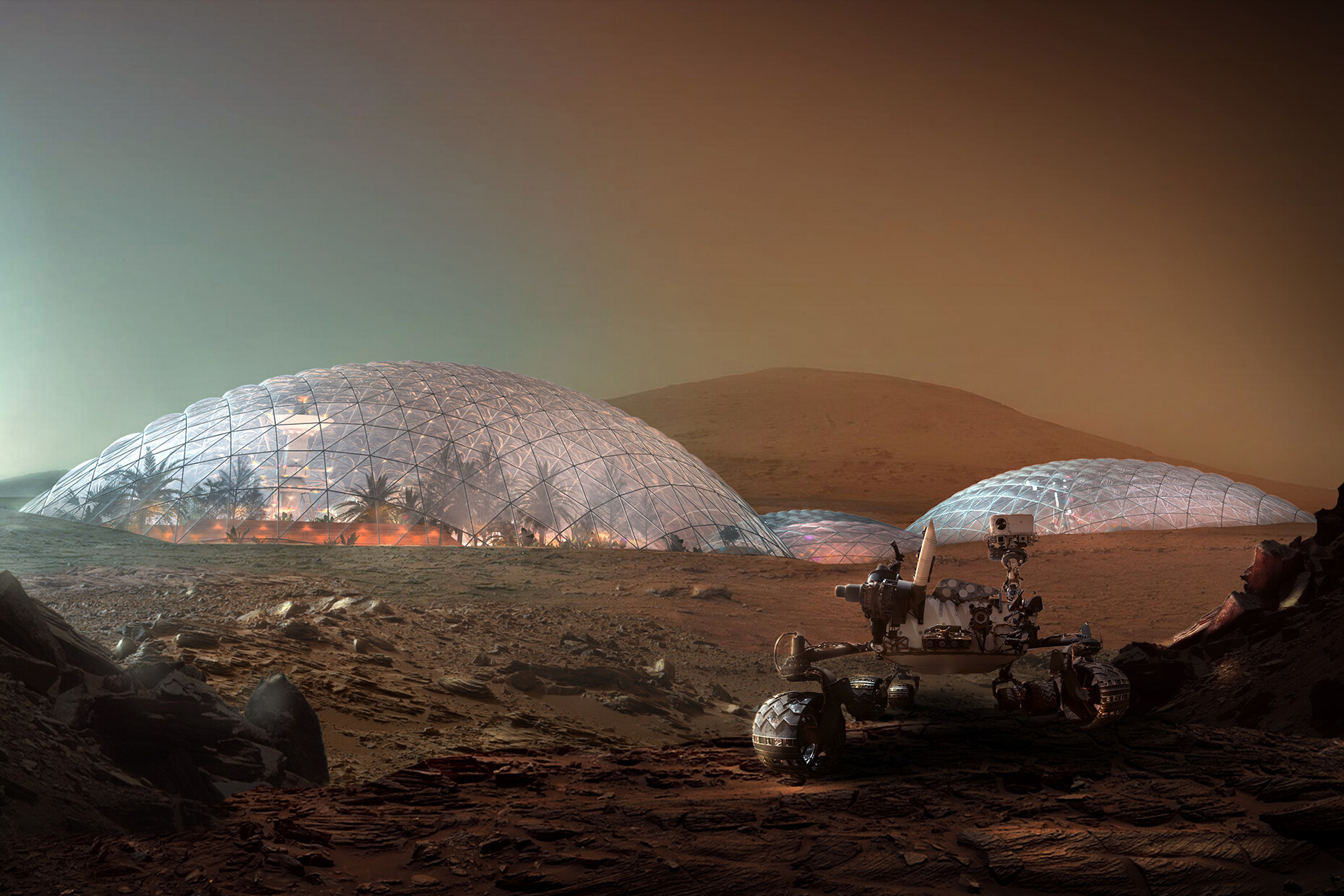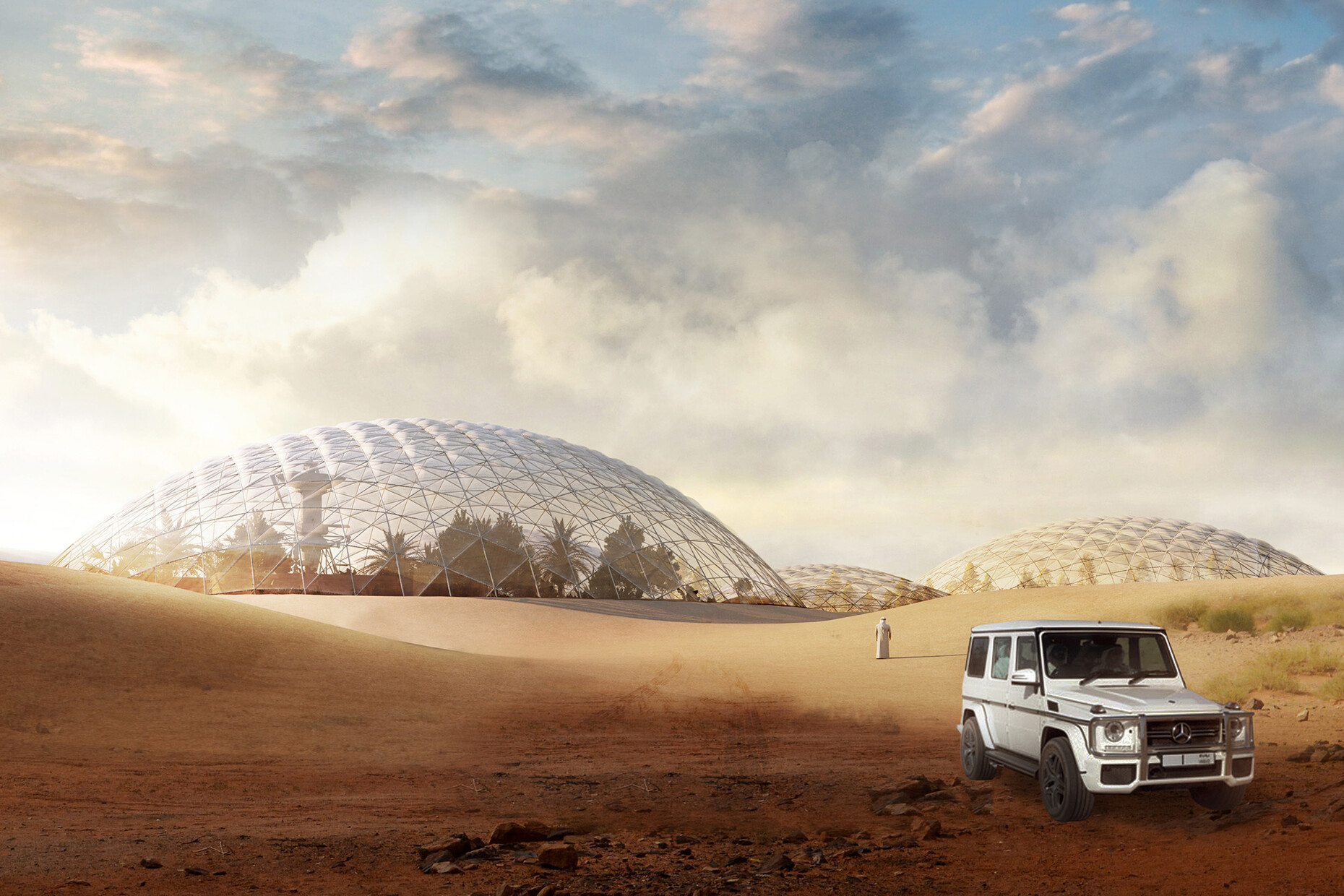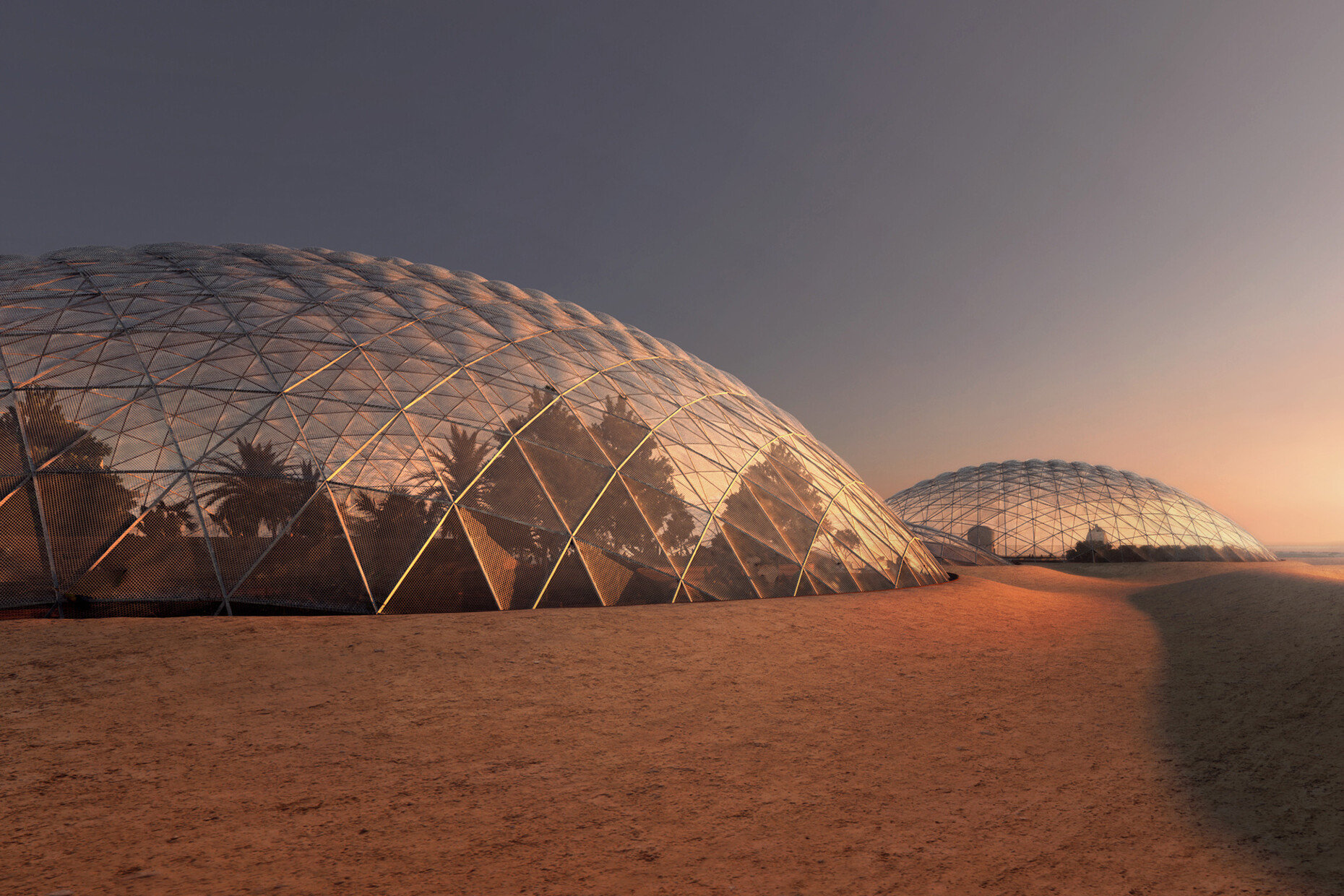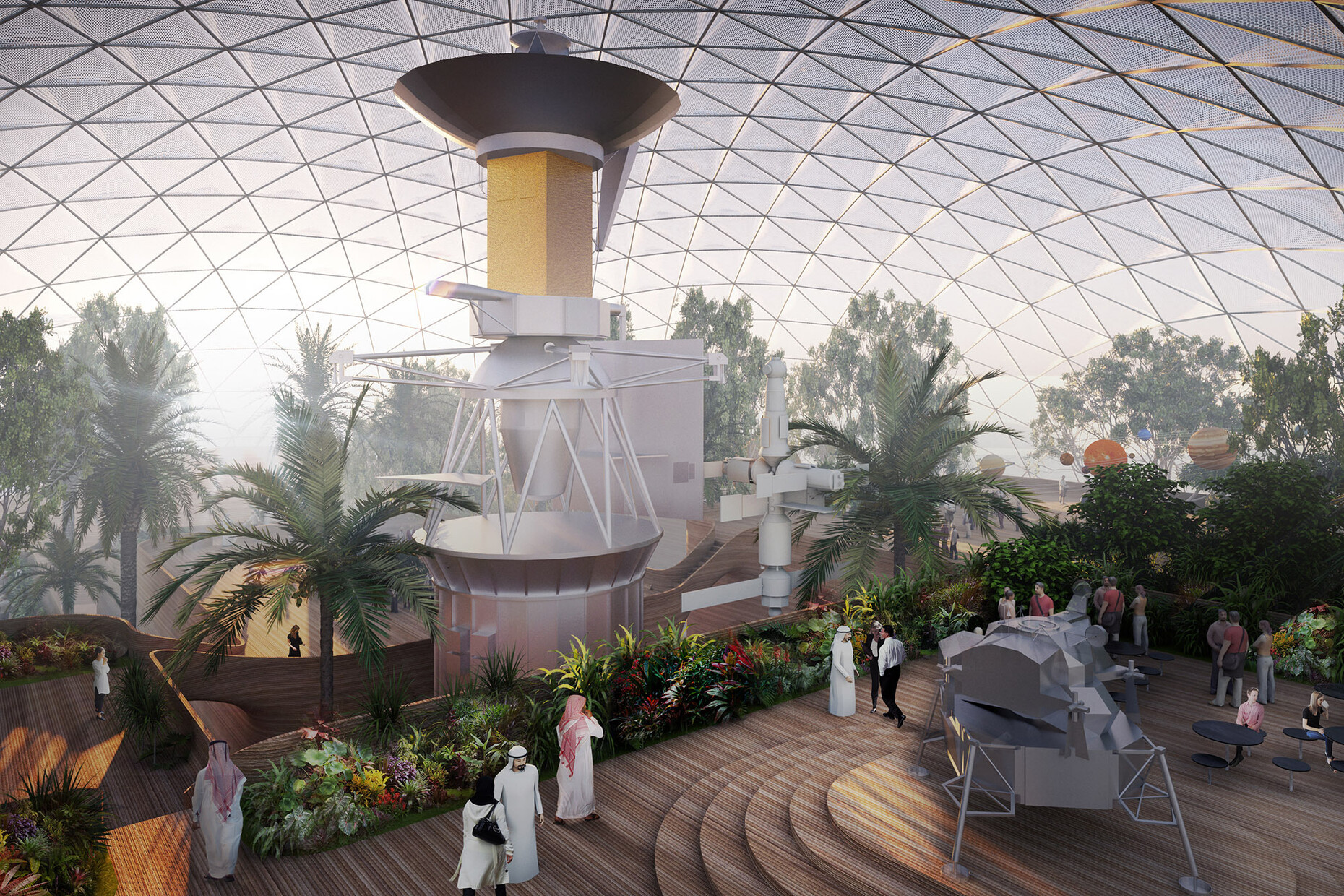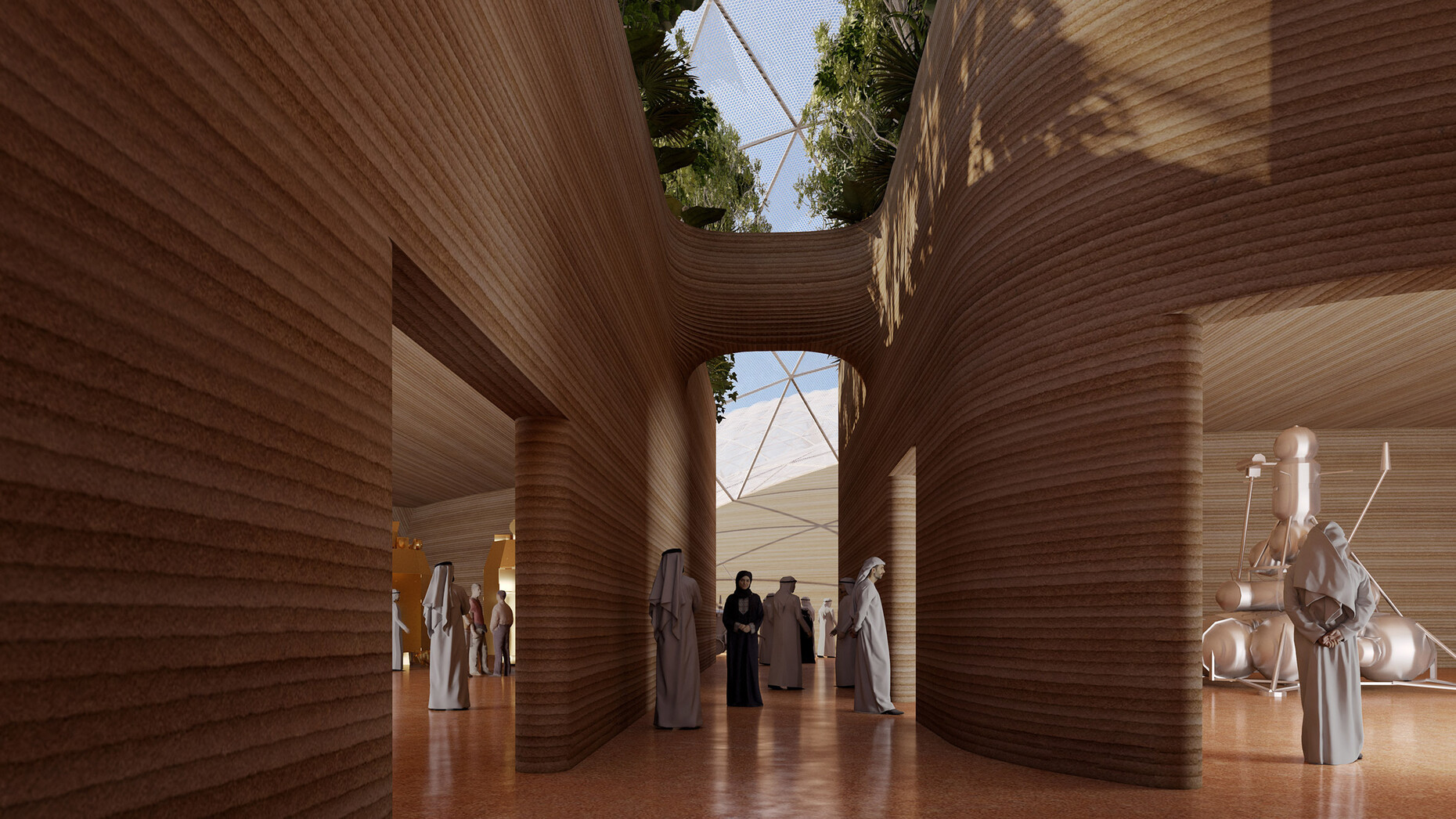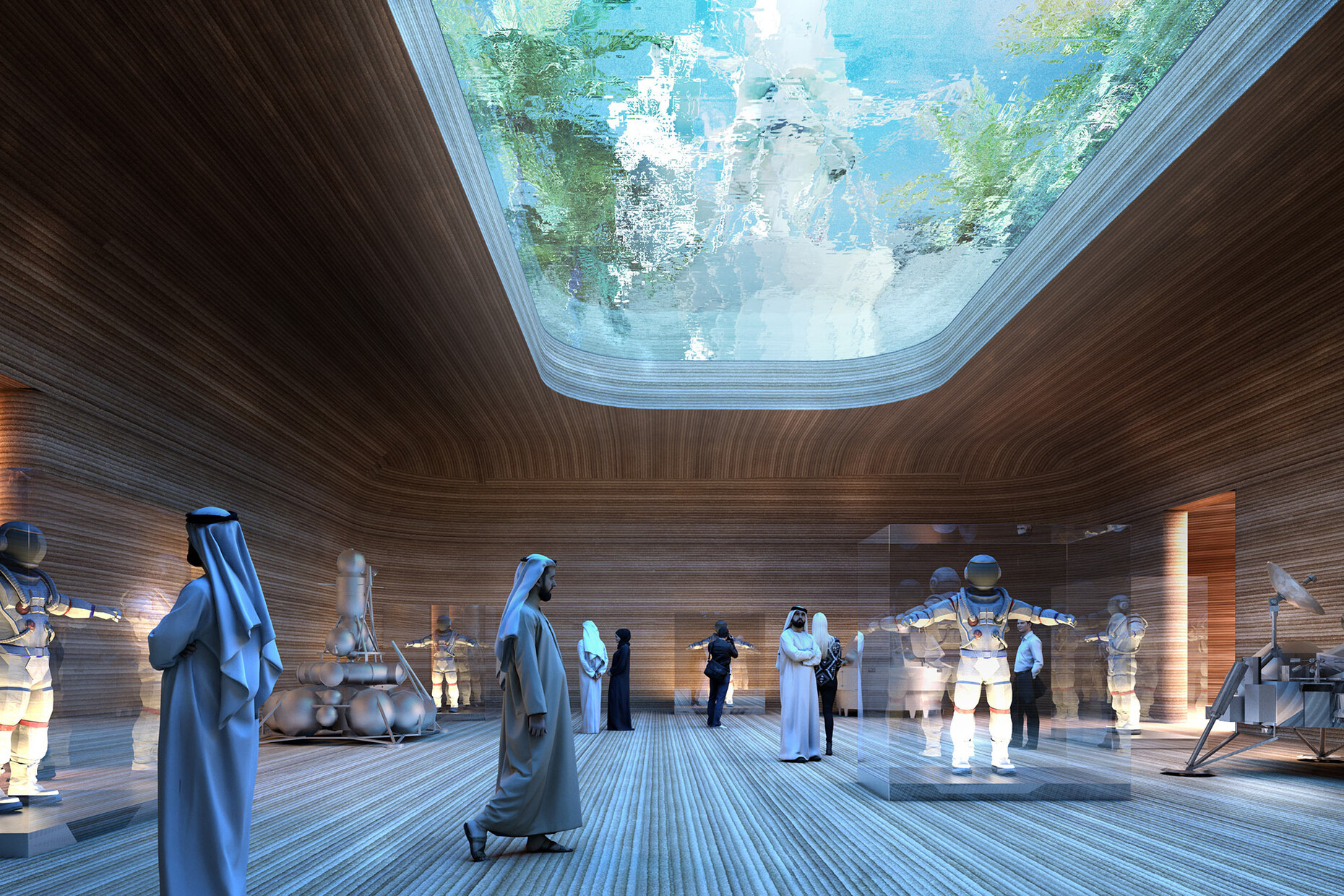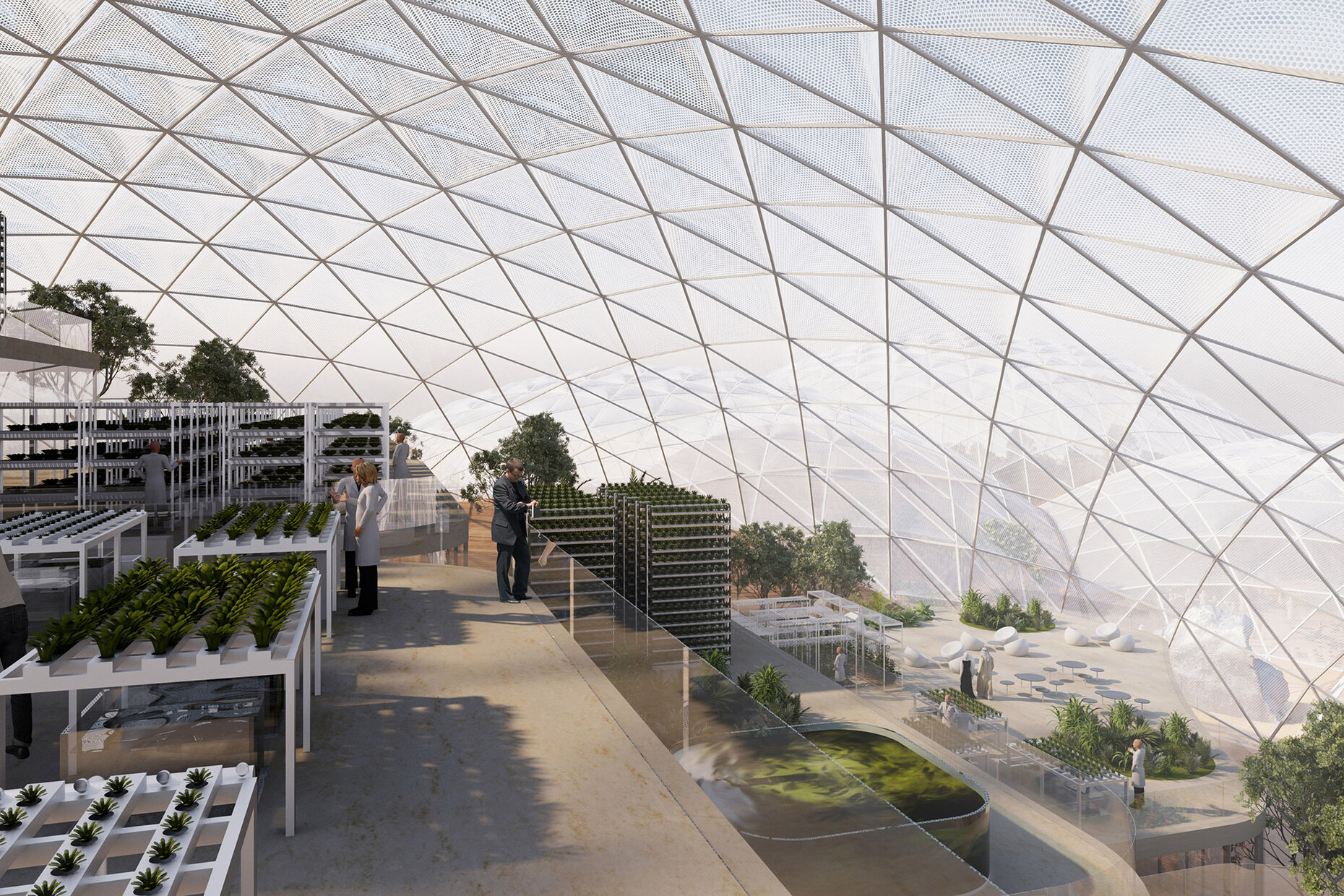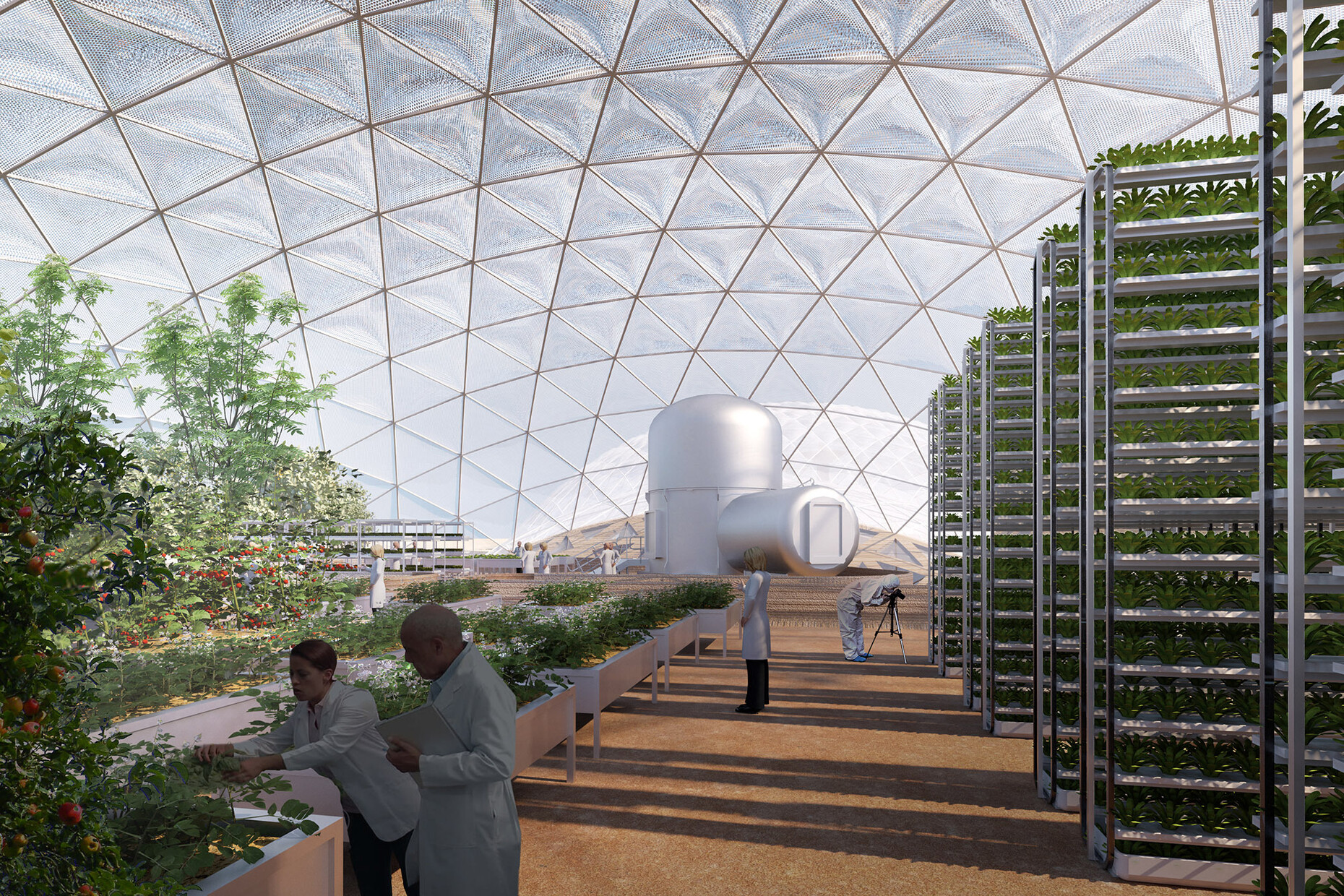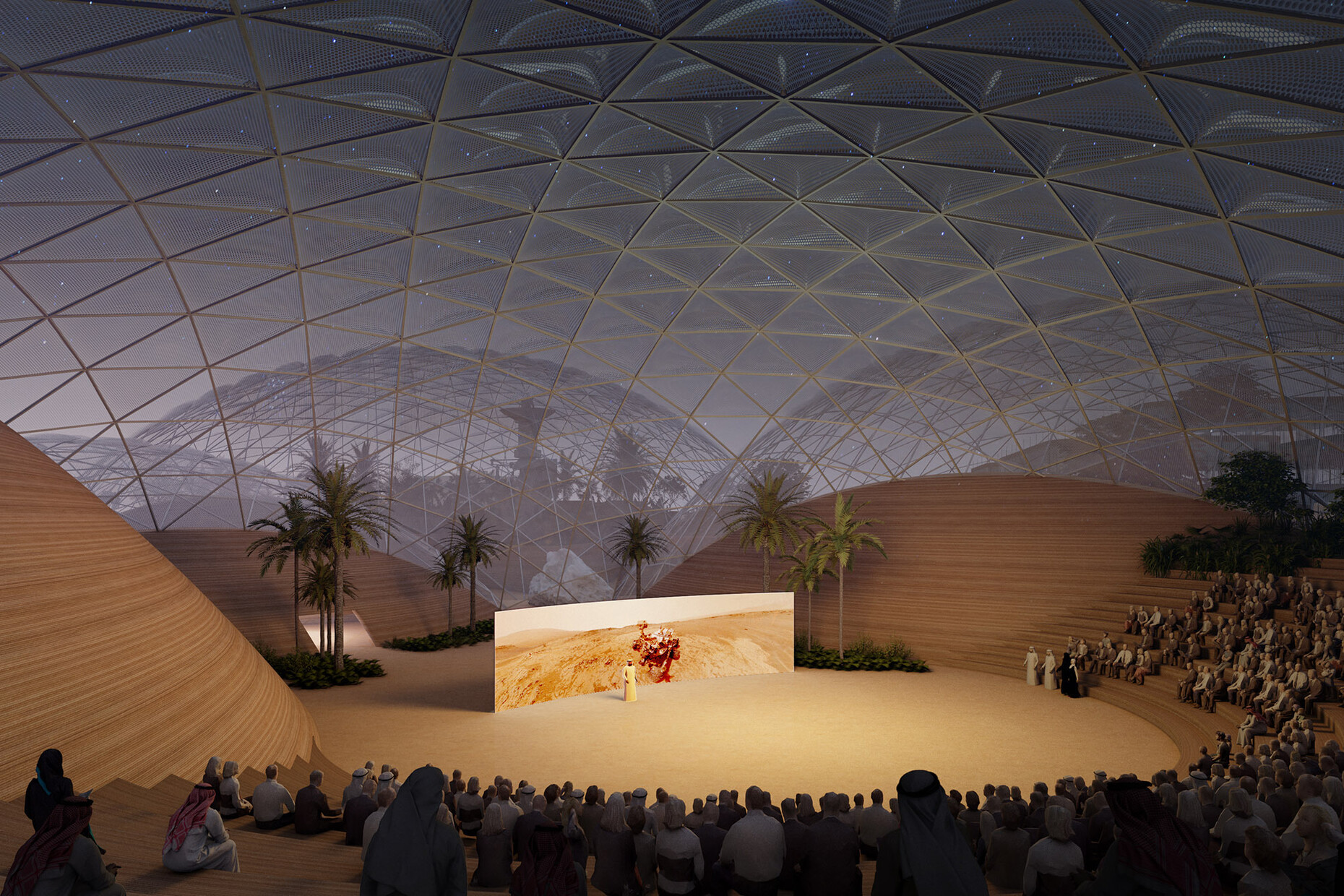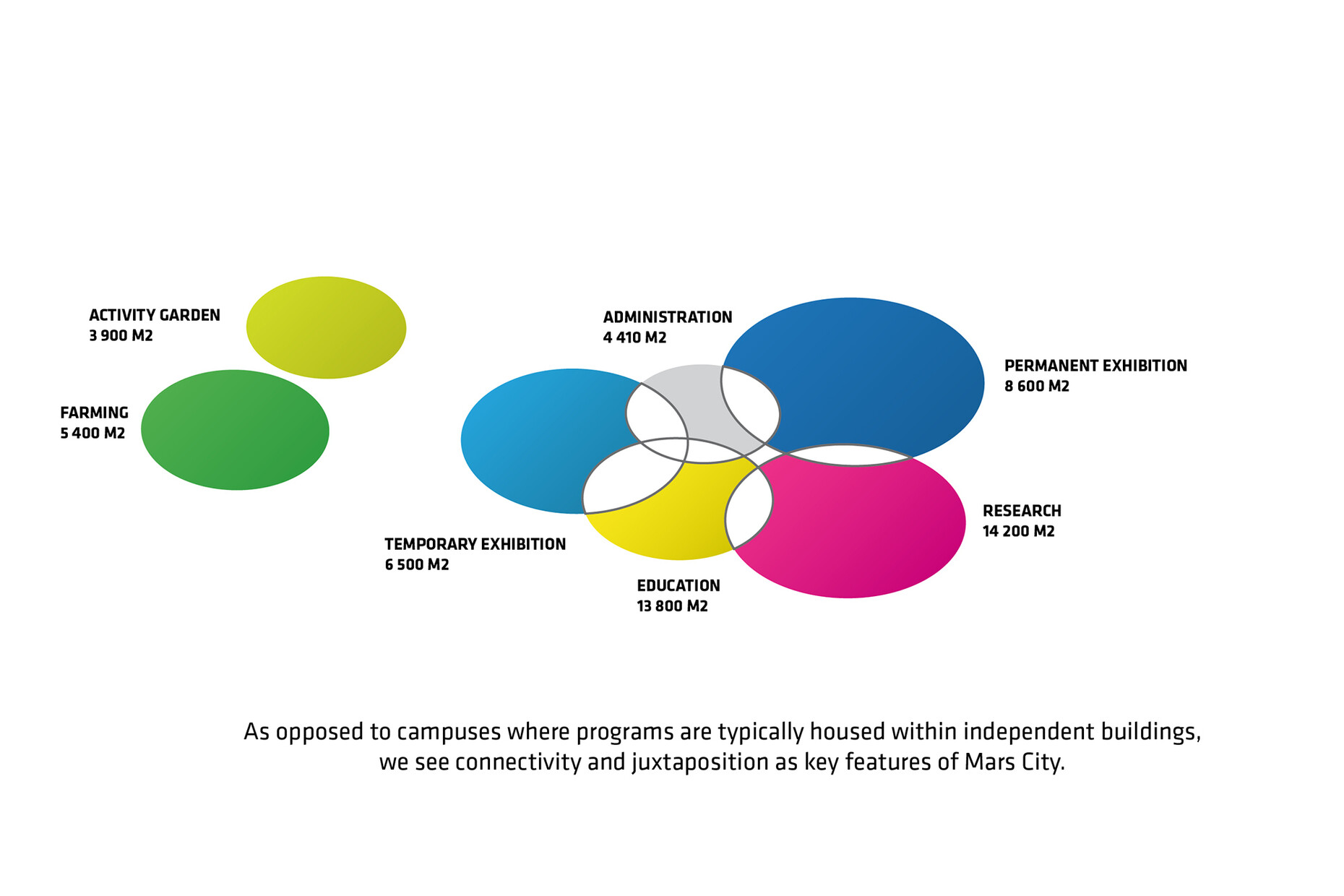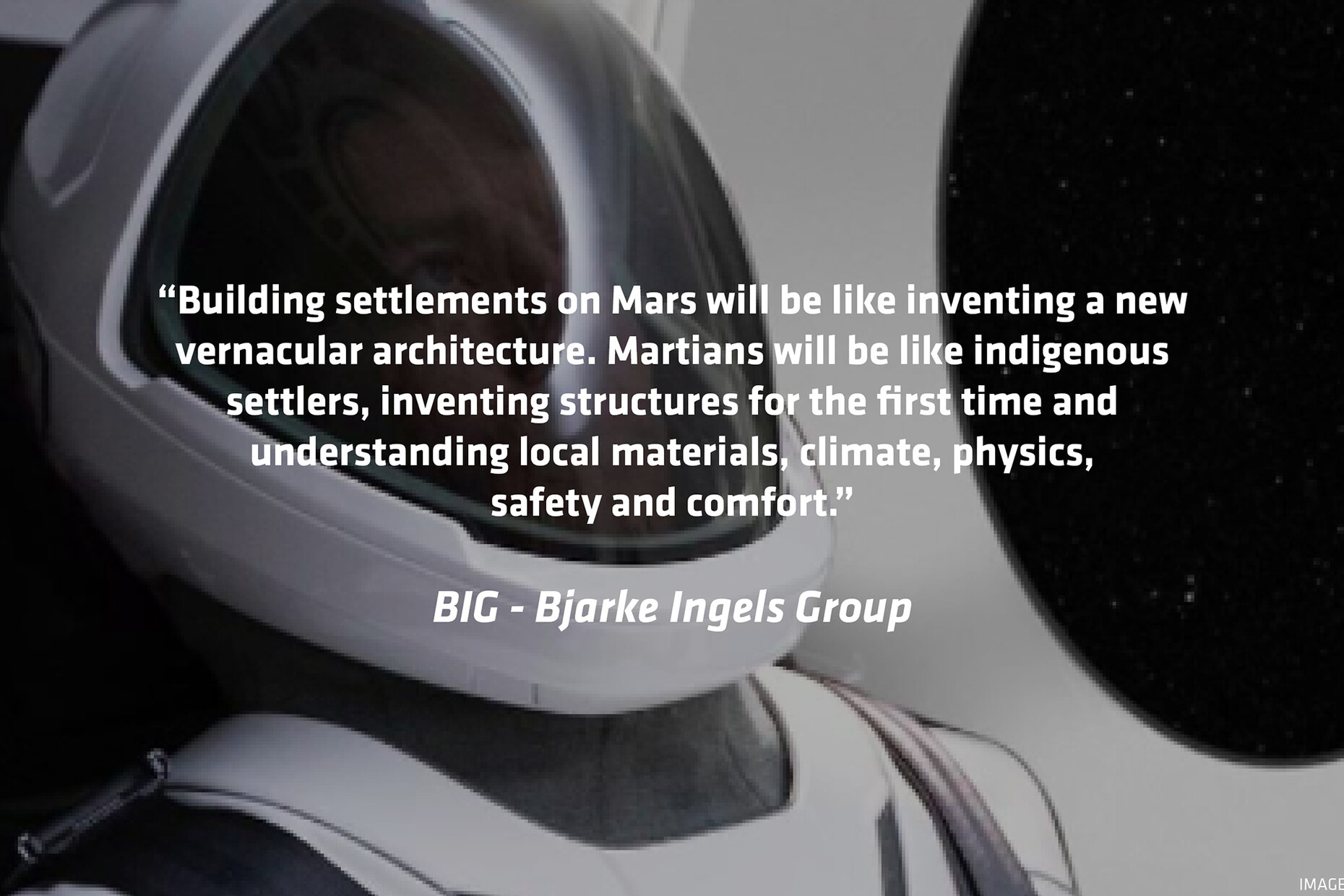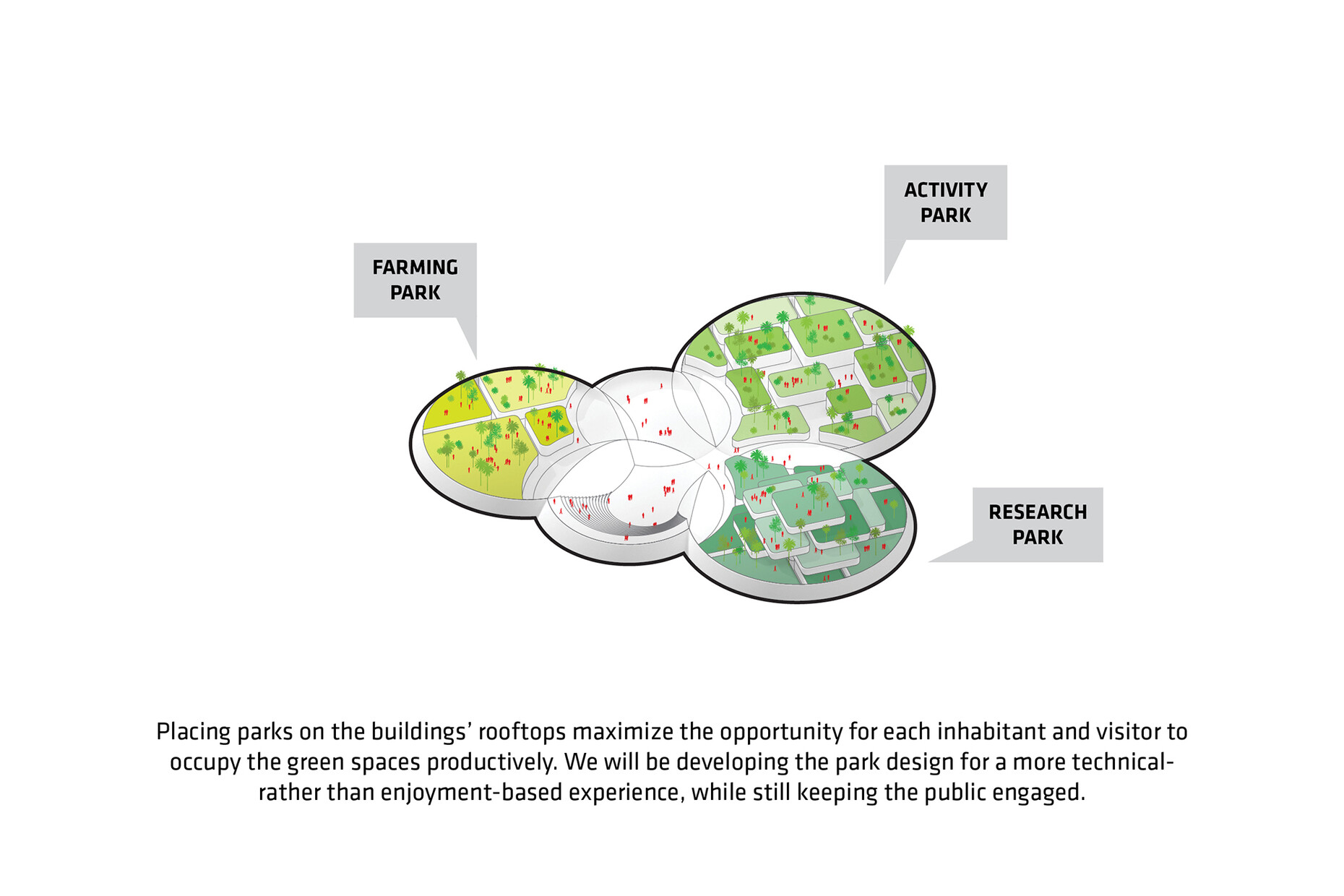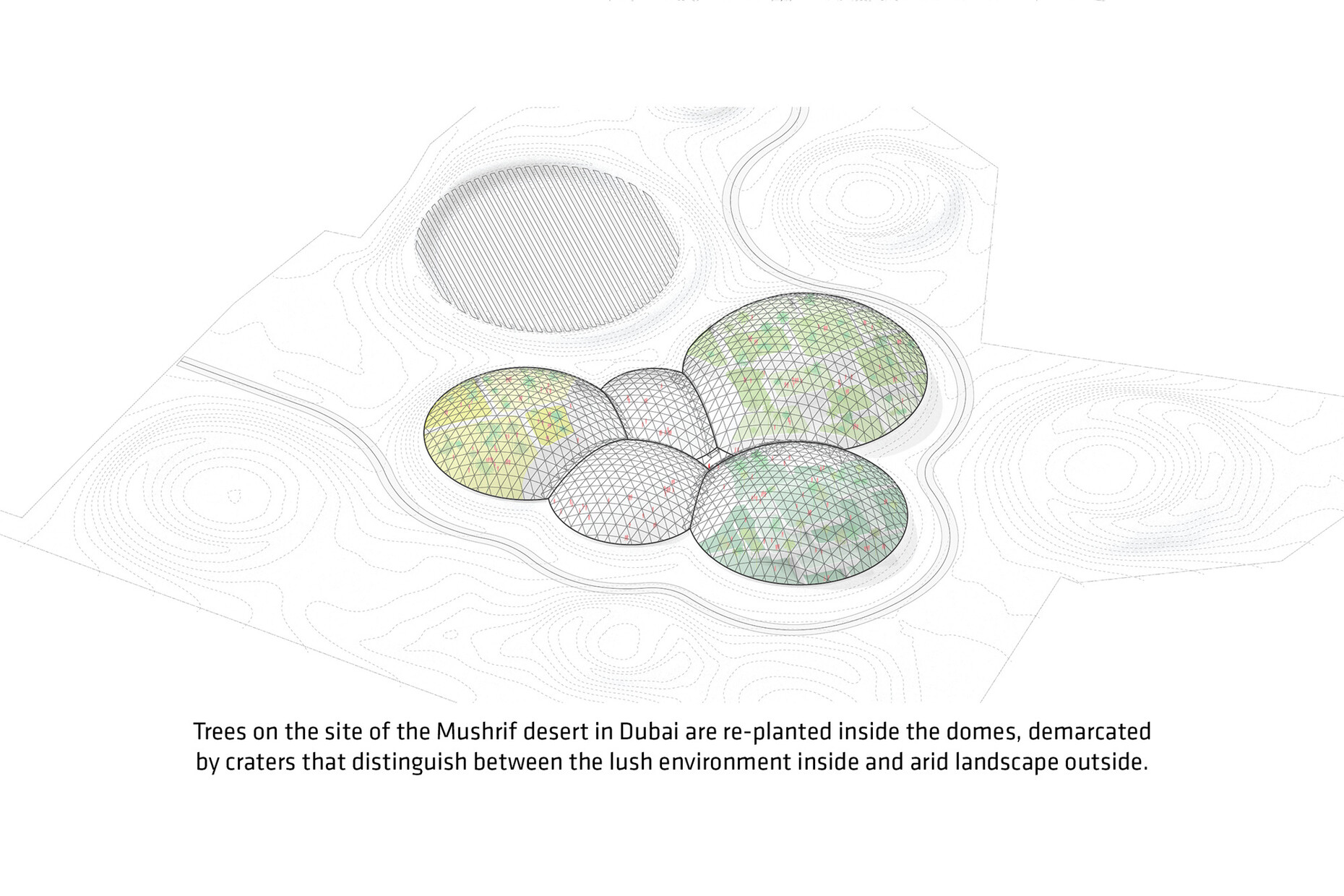Column
Danes in space
It is now official: BIG CEO Bjarke Ingels is the Elon Musk among the architects. While the one entrepreneur is still zooming through outer space the other man is already not only preparing to land on another planet but also to realize a settlement there. Mars Dune Alpha is the name of the project through which the Dane not only wants to make a name for himself on his native planet but also wishes to leave as many traces as possible in the Earth’s solar system. To this end a team from BIG has joined forces with NASA and ICON; the latter seamlessly constructs buildings and specializes in 3D-printing. The destination is clear – Mars, and 3D printing is to provide the means. For the Red Planet BIG has developed a kind of research station in dune form that is currently being built in the Johnson Space Center in Texas and will be inhabited over a longer period of time by four people. The background is a NASA mission to simulate life on Mars inside Ingels’ design and this simulation extends to possible equipment failure, hitches in communications and walks in outer space.
Ingels would not be Ingels if he did not market Mars Dune Alpha as the next big thing: "The data gained from this habitat research will directly inform NASA’s standards for long-duration exploration missions, and as such will potentially lay the foundation for a new Martian vernacular. Mars Dune Alpha will take us one step closer to becoming a multiplanetary species." Naturally, that raises the question of whether this is really worth the effort. Certainly, anyone looking at the renderings of Ingels’ Mars dune gets an impression of the state the Earth might be in after a climate collapse – though, of course, this does not answer the question of why one should move to Mars instead. At any rate, hygge is not the first word that comes to mind. This brings us to Dubai and another BIG project that as regards location and aims likewise explores the topics of dystopia and extraterrestrial existence. In the vicinity of the desert city the Danes are currently planning Mars Science City where under four geodesic domes on an area of 17,50 hectares scientists in an experimental Mars laboratory are to occupy themselves with a possible habitation of the planet.
And here again Ingels presents himself as a Utopian: "At its most fundamental architecture is the art and science of making our world more suitable for human life. This becomes fundamentally clear when we venture beyond our Terran origins to settle in foreign worlds. The architecture that captivates us the most is vernacular architecture that has evolved by adapting to the local climates and landscapes. With the Mars Science City, we have attempted to explore what a Martian Vernacular will look like." That sounds exciting but ultimately only recycles the ideas of Buckminster Fuller who in the 1960s wanted to cover parts of Manhattan with an enormous glass dome. Fuller expected this would achieve a more efficient city with less heat in the summer and less cold in the winter. One of the arguments he put forward to justify it was the cost savings in clearing snow – a problem climate change could soon solve.
In actual fact Ingels’ future vision is less about efficiency and more about pure existence which interestingly recalls the Biosphere 2 project by Texan billionaire Edward Bass who in the 1990s created a closed ecological system beneath a glass dome in which a group of volunteers lived for two years on a space of 1,60 hectares. Sadly, the experiment of the simulated Earth failed – one reason being that the reinforced concrete used for the artificial habitat absorbed oxygen and participants began to run out of air. On Mars there are also the issues of extreme cold, high levels of radiation, low air pressure and low gravity. But who knows, perhaps the lack of fresh air in the Dubai project will result in a different outcome?
